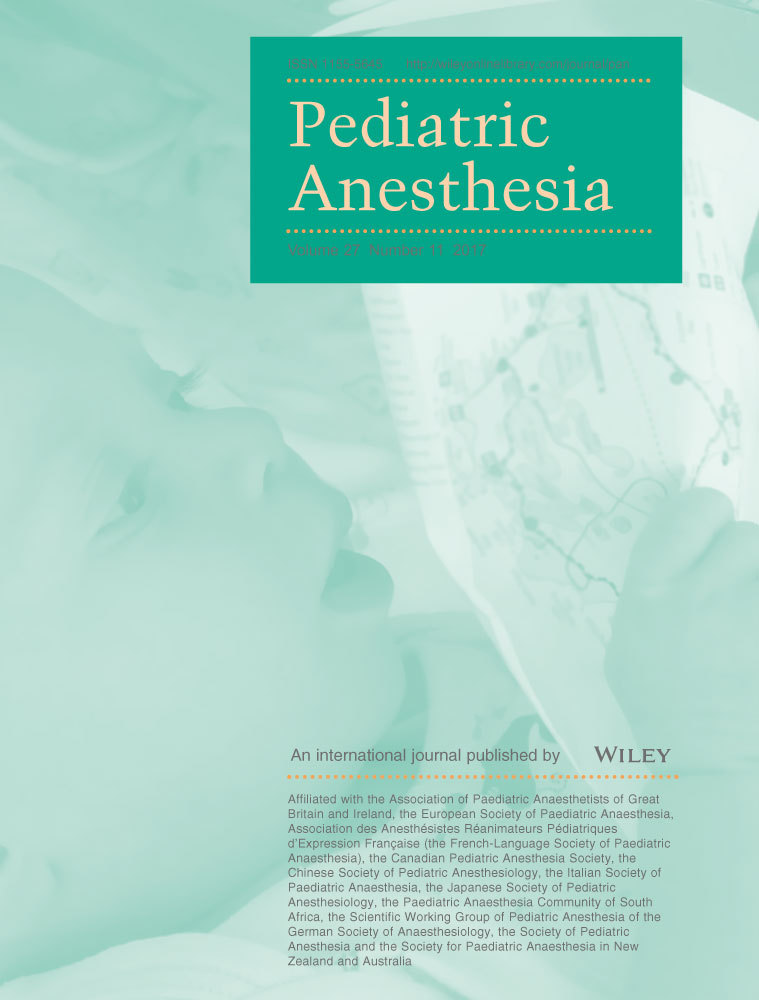A prospective audit of pain profiles following general and urological surgery in children
Funding Information
Britta S von Ungern-Sternberg holds the Callahan Chair in Paediatric Anaesthesia and is partly funded by the Late Frank Callahan, the Princess Margaret Hospital Foundation and the Stan Perron Charitable Trust.
Summary
Background
Postoperative pain is frequently undertreated in children both in hospital and at home following discharge. Pain has both short- and long-term consequences for children, their families, and the healthcare system. A greater understanding of procedure-specific postoperative pain trajectories is required to improve pain management.
Aim
To determine the duration and severity of acute postoperative pain experienced by children undergoing 8 different general and urological procedures (primary outcomes). Behavioral disturbance rates, nausea and vomiting scores, and parental satisfaction were also examined during the follow-up period (secondary outcomes).
Method
Families of children (0-18 years) undergoing common general and urological procedures were invited to enroll in the study. Children's pain scores, measured using a parental proxy 0-10 numerical rating scale, were collected by telephone interview until pain was resolved. Analgesia prescribed and given, behavioral disturbance, nausea and vomiting scores, the method of medication education communication, and parental satisfaction were also measured.
Results
Of 360 patients recruited, 326 complete datasets were available. Patients underwent laparoscopic appendicectomy (57), open appendicectomy (19), circumcision (50), cystoscopy (52), hypospadias repair (22), inguinal hernia repair (51), orchidopexy (51), or umbilical hernia repair (24). Postoperative pain peaked on the day of or the day after surgery in all groups, and decreased over time. Pain lasted a median duration of 5 postoperative days following open appendicectomy, and 0-2 postoperative days for other procedures. Behavioral disturbance rates closely followed pain scores. Analgesia administration at home varied widely between and within groups.
Conclusion
Pain management was inadequate in most of the groups studied, particularly after appendicectomy or umbilical hernia repair, with most children experiencing at least moderate pain on the day of and day after surgery. There was a need for a standardized management, with increased dual analgesia prescribing, to ensure that children receive adequate postoperative analgesia in hospital and at home.




